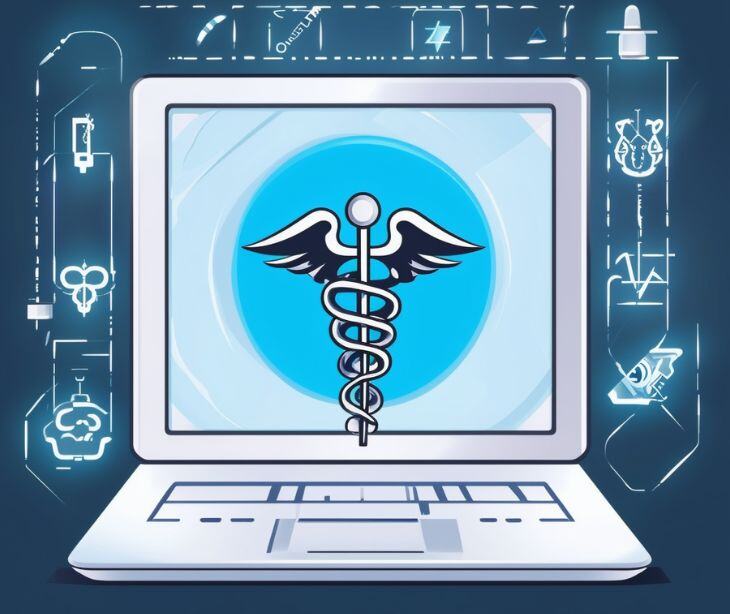2 min read
Onboarding new healthcare professionals with HIPAA compliant email
Kirsten Peremore
November 06, 2024

When new providers enter clinical practice, a foundational phase begins, and organizations are tasked with easing them into the institution's workflows. Creating an environment fostering support and confidence through effective means like HIPAA complaint email can allow for seamless integration.
The importance of effective onboarding for healthcare professionals new to clinical practice
New providers and medical students transitioning from schooling to clinical settings can create a steep learning curve that requires them to rapidly gain an understanding that goes beyond the theoretical. Entering into healthcare organizations with a predetermined culture can make this transition even more jarring.
A study published in The Joint Commission Journal on Quality and Patient Safety provides the risk of a lack of local resource knowledge, “The lack of knowledge of local resources (for example, unfamiliar electronic medical records [EMRs], differences in intensive care capability) likely leads to delays in diagnosis or in the initiation of treatment.”
Without an effective onboarding process, there is a lack of critical awareness of a new environment that could end up affecting patients. Structured onboarding processes help new hires navigate patient management and care. These processes also assist in developing relationships with other healthcare staff.
How email benefits integration
- Email allows for new healthcare workers to receive structured onboarding materials like training manuals, clinical guidelines, and educational modules, in a way that can be accessed at the recipient's convenience.
- Hospitals can share patient information and case studies for learning purposes during onboarding in a way that remains secure while facilitating case discussions.
- The early stages of the hiring process often set the tone for internal relations between staff. Email allows new hires to receive consistent messages from supervisors, mentors, and coworkers to create and maintain a sense of connection.
- With email chains, there is an identifiable record of communications that allows for the tracking of task completion, training modules, and compliance activities.
- New workers need to be educated about the organizational values and workflows in a way that lets them learn at their own speed. Email helps enforce institutional values and department norms.
How to tailor onboarding to organizations of varying sizes
Small clinic and independent practices
- Create personalized onboarding schedules for new staff members tailored to their specific job roles. The email can outline day-to-day tasks and introduce key members.
- Attach training documents, tutorials, or instructions to emails so employees can access relevant documents without having to log into complex systems.
- Use email to create efficient mentorship loops, allowing staff to communicate and check in with new hires on a set schedule.
Medium-sized practices and multispeciality clinics
- Each department in a medium-sized practice can create a specific onboarding email sequence tailored to unique workflows and protocols.
- HIPAA compliant email can be a centralized resource point for multiple new hires across various departments.
- HIPAA compliant email platforms like Paubox can easily integrate into Google Workspace. This allows for easy scheduling through email.
Large hospital systems
- In large hospitals, automated email sequences support a tiered onboarding approach where staff receive information in stages.
- Email with role-specific resources helps large organizations tailor resources to different positions. For example, physicians, nurses, and support staff can each receive a unique set of emails with job-relevant training links and certification requirements.
- Supervisors may not directly interact with every new hire, but email can help create a structured check-in and feedback process.
Related: Top 12 HIPAA compliant email services
FAQs
What are the core principles of an effective patient-provider relationship?
The central principles include:
- Trust
- Clear communication
- Empathy
- Respect
What are the consequences of lax onboarding processes in healthcare practices?
Poor onboarding can lead to avoidable errors like compliance issues and data vulnerability that harms patients.
Why is HIPAA compliance training necessary?
HIPAA compliance training is not only required by HIPAA regulations but acts as protection for the organization against legal repercussions.
Subscribe to Paubox Weekly
Every Friday we'll bring you the most important news from Paubox. Our aim is to make you smarter, faster.



